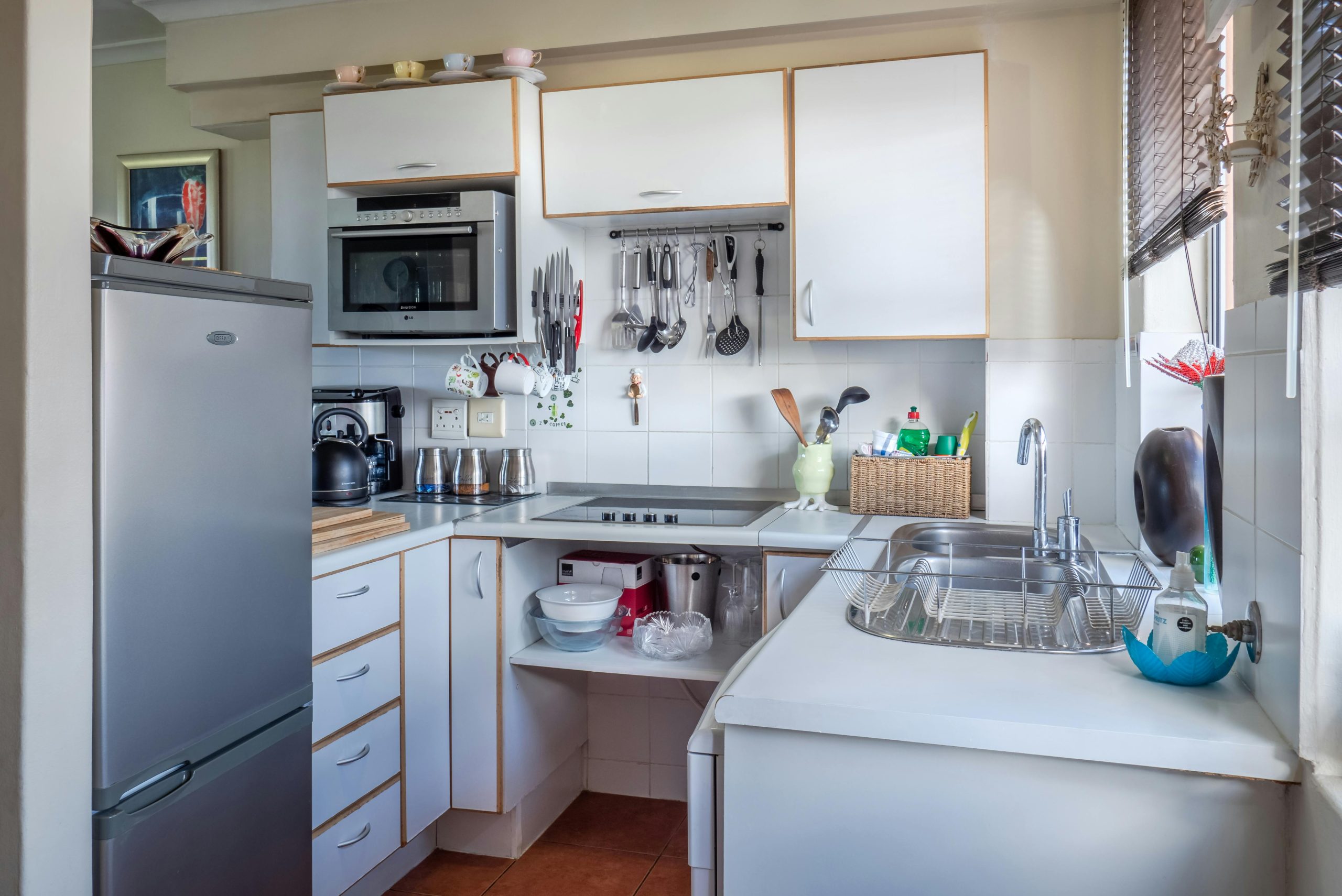What’s the Best Way to Incorporate Energy-Efficient Appliances in a Vintage Kitchen?

The kitchen, often regarded as the heart of the home, is a space where design, style, and functionality must coexist. As you consider revitalizing your kitchen’s aesthetic appeal with a vintage or retro style, it’s also crucial to think about the practical aspects. One of these aspects includes the choice of kitchen appliances, which play a considerable role in your kitchen’s overall energy consumption.
In this day and age, with the growing concern for sustainability, it’s essential to incorporate energy-efficient appliances in any kitchen design. But how can you incorporate these modern, eco-friendly appliances into a vintage kitchen design without compromising the style? Let’s delve into this topic and figure out how to create this harmonious blend of the old and the new.
Additional reading : How Can You Design a Home Office with a Visual Connection to the Outdoors?
Incorporating Energy-Efficient Appliances in a Vintage Kitchen
The first step in achieving a vintage kitchen with energy-efficient appliances is understanding what these two aspects imply. A vintage kitchen design draws inspiration from the past, often incorporating antique, retro elements. On the other hand, energy-efficient appliances are modern innovations designed to use less electricity, gas, or water, thereby reducing the environmental impact.
When aiming to incorporate energy-efficient appliances into your vintage kitchen design, balance is key. The appliances should not overpower the vintage aesthetic. Instead, they should complement and enhance it.
Also read : What’s the Best Approach to Installing a Low-Maintenance Green Wall Indoors?
Choosing the Right Appliances
Choosing appliances should not be a hasty decision. You need to consider the design, energy consumption, and how well they fit into your vintage kitchen style. Energy-efficient appliances come in a variety of styles and designs, making it easier to find ones that blend well with a vintage aesthetic.
Look for appliances with an Energy Star rating, which means they are certified to be more energy-efficient than their conventional counterparts. While these appliances may cost more upfront, they will help save money in the long run through reduced energy bills.
When it comes to design, many modern appliances have a sleek, minimalist look. However, some manufacturers offer appliances with a retro design but modern features. This could be the perfect solution for your vintage kitchen.
Balancing Vintage Aesthetics and Modern Functionality
Harmonizing the vintage look with modern, energy-efficient appliances can be quite a challenge. But it’s all about balance and strategic placement. For instance, a vintage-style refrigerator with an Energy Star rating can be a focal point in the kitchen. A modern, energy-efficient oven and stove can be nestled between vintage style cabinets to make them less conspicuous.
Remember, it’s not about hiding the modern appliances, but rather integrating them into the overall vintage design. This way, they enhance the style, not detract from it.
Selecting Eco-friendly Materials and Lighting
Beyond appliances, the choice of materials and lighting also plays a crucial role in making your vintage kitchen more sustainable.
Choose materials that are durable, sustainable, and match the vintage aesthetic. For instance, reclaimed wood can be used for cabinets and countertops, adding a touch of authenticity to the vintage design, while also being eco-friendly.
In terms of lighting, opt for LED lights which are more energy-efficient than traditional bulbs. You can use pendant lights or chandelier with a vintage design to maintain the aesthetic appeal. Moreover, take advantage of natural light as much as possible to enhance the overall ambiance while saving on energy usage.
Creating a Sustainable Vintage Kitchen
Ultimately, creating a vintage kitchen with energy-efficient appliances is about merging style with sustainability. The vintage design reflects your unique style and love for the old-world charm, while the incorporation of modern, energy-efficient appliances shows your commitment to sustainability.
By considering these aspects when designing your kitchen, you ensure that you create an inviting space that respects the environment. Your actions today will help pave the way for a more sustainable future, right from your kitchen.
Exploring Design Ideas for a Retro-Style, Eco-Friendly Kitchen
When it comes to creating a sustainable, vintage-inspired kitchen design, creativity and thoughtful planning are crucial. The goal is to harmoniously blend the nostalgic charm of the past with the energy-efficient innovations of the present. This can be done by integrating retro appliances, using natural materials, and even implementing design ideas from the classic farmhouse kitchen.
Retro appliances, such as refrigerators, stoves, and dishwashers, are now available with modern features and energy-efficient properties. Brands like Big Chill and SMEG offer a range of kitchen appliances that mimic the look of the mid-century while meeting contemporary energy standards. These appliances effectively reduce your kitchen’s carbon footprint without compromising the vintage aesthetic.
Natural materials, such as wood and stone, can also contribute to the sustainability and vintage appeal of your kitchen remodel. Reclaimed wood, often used in farmhouse kitchen designs, is an eco-friendly option for kitchen cabinets, countertops, and even flooring. It not only reduces the environmental impact but also adds a rustic, vintage touch to the kitchen space.
For a more comprehensive approach to energy efficiency, consider incorporating design ideas from the traditional farmhouse kitchen. These might include large, open windows to maximize natural light and reduce electricity usage, or a wood-burning stove, which is a more sustainable heating option.
Remember, the key is to balance the retro style with energy-efficient features. This approach ensures your kitchen is as good for the environment as it is pleasing to the eye.
Saving Energy and Embracing the Past in Your Living Room
While this discussion has focused on the kitchen, it’s worth noting that the principles of combining vintage aesthetics with energy efficiency can be applied to other areas of the home, especially the living room.
In the living room, vintage furniture can be paired with energy-efficient lighting options. LED light-bulbs, for example, use up to 80% less energy than traditional bulbs and can easily be fitted into vintage-style lamps or chandeliers. Moreover, consider using natural materials like bamboo or rattan for furniture, which are not only sustainable but add a touch of vintage charm.
Using vintage decor and energy-efficient appliances can significantly decrease your home’s overall energy usage and carbon footprint. This, in turn, contributes to a more sustainable lifestyle, and it all starts right in your own home.
By blending vintage design with modern energy-efficient appliances, you are not only creating a unique and beautiful space but also making a positive impact on the environment. And in doing so, you are setting an example of how design and sustainability can go hand in hand, paving the way for more eco-conscious design ideas in the future.
Conclusively, the integration of energy-efficient appliances into a vintage kitchen design is an achievable goal. It requires a thoughtful blend of style and functionality, where the aesthetic appeal of the past meets the innovative sustainability of the present. This harmonious blend results in a kitchen (and a home) that is stylish, comfortable, and kind to our environment.
